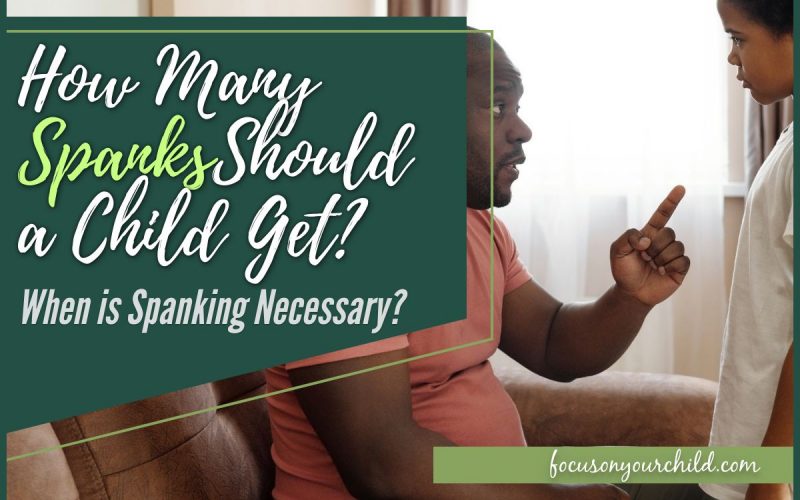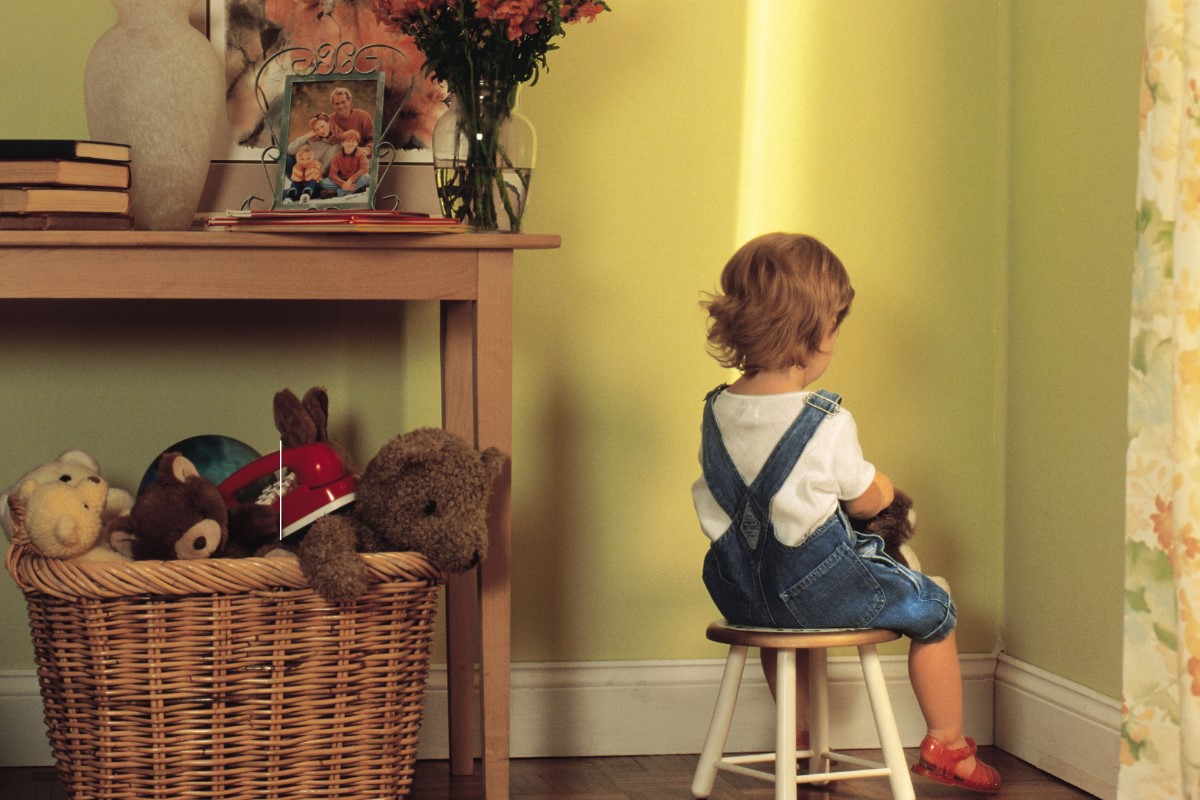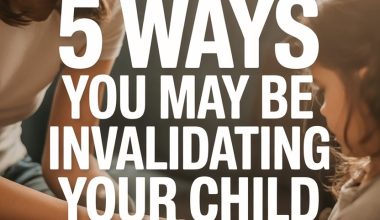Spanking is a disciplinary method which typically involves delivering a few open-handed blows to the buttocks, used as a form of corporal punishment to instill discipline and obedience. It remains one of the most debated and controversial disciplinary techniques among parents, child psychologists and pediatricians, child educators, and experts.
How Many Spanks Should a Child Get? In general, spanking should be limited to two to three open-handed swats on a child’s buttocks while fully clothed and should not involve the use of implements such as belts, paddles, and switches which could cause lasting damage. The spanking should also be preceded or followed by an explanation of why he/she has been punished with a spanking.
Whether or not spanking produces positive or negative results in children really depends on how the punishment is administered. When used appropriately and in a limited capacity, spanking can prove to be an effective teaching and disciplinary tool.
When Does Spanking Become Necessary?
Generally speaking, spanking is not a necessary thing when it comes to disciplining children, especially when there are so many other methods when it comes to teaching obedience and compliance. In fact, some research even shows that non-physical methods of discipline prove to be just as or even more effective than spanking.
Parents should never be spanking a child simply out of anger and frustration, or just to cause intimidation and fear, and it is important that the child understands this – that his/her parent’s spanking is done out of love and is in his/her best interest.
The decision of whether to spank or not is a personal one and should be made based on what works best for both the child and parent. Like all other forms of discipline, there are pros and cons to spanking which need to be carefully considered.
One form of spanking which research has shown to be effective is known as conditional or “back-up” spanking, which is employed only after a child has defied other means of non-physical discipline. In one study, children of parents who made use of conditional spanking have better adolescent outcomes than their peers whose parents discipline primarily through spanking. They also had better outcomes than their peers whose parents were overly permissive and forgiving.
Some parents claim that spanking is an effective way to teach a young child safety. For instance, when a child who has been previously warned not to play in the street tries to run into traffic, the shock of receiving a gentle but firm smack on the hand or buttocks be enough to make them think twice before disobeying safety rules again.
How Many Spanks?
A suggestion is that the number of spanks should be equal to the number of times the same rule has been broken. A first offense would necessitate a warning or non-physical punishment such as time-out, while a second or third offense would equal three spanks.
Spanks should never be administered simply out of anger or used as a means to intimidate. A spanking should also be followed up by an affirmation of love for the child.
Alternatives to Spanking
It has also been found that spanking works best on younger children from the ages of two to six, as long as they are able to comprehend why the punishment is happening. Experts also agree that spanking should be phased out as a child gets older and replaced with other disciplinary methods such as time-outs, grounding and removing privileges, as these are typically more effective than a traditional spanking is when it comes to older children.
There are many alternative disciplinary methods that do not involve corporal punishment. They can prove to be just as effective or even more effective than spanking and encourage children and parents to settle their problems verbally with mutual understanding and respect.
Isolation and Time-Out
Time-out teaches children an important life skill – calming themselves down and regulate their own emotions. It gives them time to think about their behavior and encourages self-awareness.
Removing Privileges
For an older child, losing privileges such as television or screen time for an amount of time can be an effective method of teaching consequences. The privilege taken away should relate to the behavior being punished. Usually, a day’s loss is long enough to teach a child consequences.
Natural Consequences
Instead of spanking a child who refuses to do his/her homework, letting him/her experience the natural consequence of his/her actions (which in this case would be failing) could be more effective. Safety is always the priority, so make sure that in doing this, the child is never in any real danger.
Ignoring Misbehavior
Sometimes, a child may act out or scream and yell in an attempt to get his/her parent’s attention. Ignoring the mild misbehavior and only acknowledging them once he/she behaves or again teaches the child that politeness is always best.
Positive Reinforcement
Instead of punishing bad behavior, positive reinforcement involves rewarding or praising good behavior, such as getting good marks on a test or cleaning up after playtime. Establishing rewards and praise for certain deeds reinforces the good behavior and prevents the bad behavior from reoccurring.







